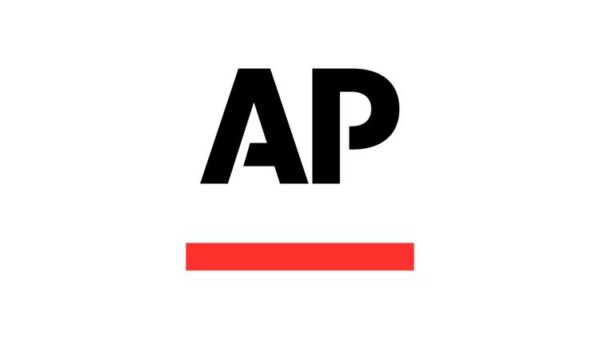Many photographers invest significant time and resources into creating visually stunning websites, yet struggle to convert visitors into clients. Despite high traffic, potential customers often leave without making inquiries. According to industry expert Alex Cooke, the problem lies not in the quality of the photography but in the website’s overall structure and messaging. He emphasizes that a photography website should function as a sales funnel rather than merely an art gallery.
A successful photography website must incorporate five essential elements to effectively convert visitors into paying clients. First and foremost, it is crucial that potential clients understand three key components immediately upon landing on the homepage: what services are offered, who the target audience is, and the photographer’s location. This information should be succinctly displayed in a bold statement at the top of the homepage, ensuring that visitors do not need to scroll to find it. Failure to clearly communicate this value proposition can lead to lost opportunities, as unclear messaging may drive potential clients away.
One common misstep photographers make is displaying an extensive portfolio of 200 images across various categories such as weddings, corporate events, and family portraits. While this may appear to showcase versatility, it can instead dilute the photographer’s brand, making them seem like a generalist rather than a specialist. Cooke advocates for a focused approach: showcasing only 20 images that align with the type of work a photographer wants to attract. For instance, if a photographer aims to book luxury weddings with budgets around $10,000, every image should reflect that niche. This targeted strategy helps to attract the right clients who are searching for specialists in their desired area.
Another critical element is the About page, which is often the second most visited section of a photography website. Many photographers fall into the trap of creating uninspiring bios that fail to engage potential clients. Instead of a dry summary of their achievements, Cooke recommends using this space to highlight how the photographer can solve client problems. Including a professional headshot is also essential; clients are more likely to trust someone they can see.
Clear calls to action (CTAs) are vital throughout the website. A mere “Contact Us” link is insufficient. Each page should conclude with a compelling next step that guides visitors towards making an inquiry. CTAs such as “Book Your Free Consultation” or “Reserve Your 2025 Wedding Date” are effective examples that create urgency and specificity. These should be placed strategically at the end of sections and throughout the website, ensuring visitors always know what to do next.
A common source of discomfort for photographers is the question of pricing. Cooke asserts that disclosing starting prices on the website can significantly improve the quality of inquiries. Rather than providing a full pricing list, a simple statement indicating that collections begin at a specific amount (such as $XXXX) can filter out clients who may not be able to afford the services. This transparency not only saves time but also positions the photographer as confident and professional.
In summary, a photography website should not merely display art; it must function as a powerful sales tool. To optimize their websites, photographers should ensure they have a clear value proposition, a focused portfolio, an engaging About page, effective CTAs, and transparent pricing. By addressing these five key areas, photographers can transform their sites into client magnets, ultimately increasing their bookings and achieving greater success in their businesses.
Photographers are encouraged to evaluate their websites against these criteria and make necessary adjustments to ensure they are not losing potential clients. Implementing even one of these changes can lead to significant improvements in client engagement and inquiries.






































































